medical, University
PS309 Used to Test CPAP Mask
Sleep apnea is common sleep disorder in which breathing repeatedly stops and starts. This is most commonly caused by the relaxing of throat muscles or, more rarely, when the brain fails to send the right signals to the muscles that control breathing. This can be a serious condition leading to increased risk of strokes, high blood pressure, heart attacks or abnormal heartbeats. In any case, sleep apnea can cause a tired feeling, even after a full night’s sleep.
One common treatment for sleep apnea is continuous positive airway pressure (CPAP) therapy. This involves applying continuous positive air pressure to the patient at night via a face mask, tube and air fan. The positive pressure at the nose and mouth insures that enough oxygen can get to the lungs despite any obstructions that may be present from relaxed throat muscles. CPAP provides air at a pressure just high enough to prevent the collapse of the airway.
Naturally the most important characteristics for the patient are the comfort and fit of the mask, as well as the quiet operation of the air fan. When testing CPAP systems, however, it is also important for the manufacturer to verify that the pressure lost through the hose to the mask as the air is delivered is not excessive, and does not impose any additional effort for proper breathing.
The pressures in a CPAP mask are not high – just a few cm of H2O – and so testing for air pressure requires a sensitive pressure transducer. The Validyne PS309 pressure manometer contains everything needed to verify the correct pressures in the CPAP system. The PS309 pressure manometer is sensitive to low pressures, has a 3.5 digit display that reads directly in units of pressure, has a compact form factor, can be mounted easily in a CPAP test station, and provides an analog output signal for recording and data acquisition. The PS309 pressure indicator has been used successfully for final testing of CPAP systems by leading manufacturers and has demonstrated the sensitivity and reliability needed for this critical measurement.

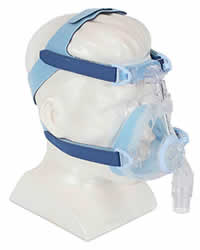

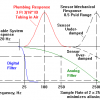
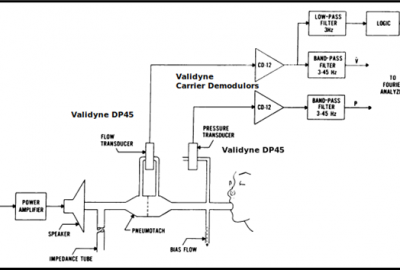
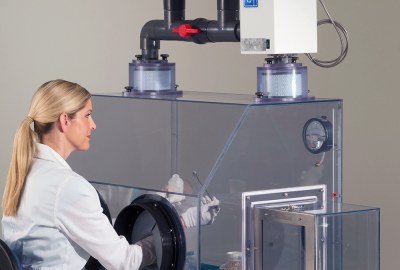
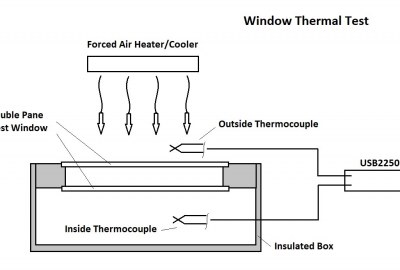
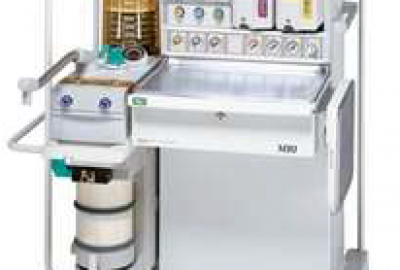
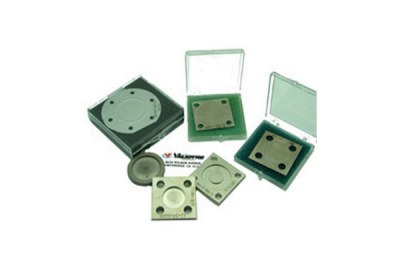
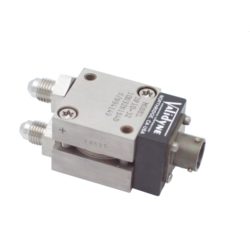
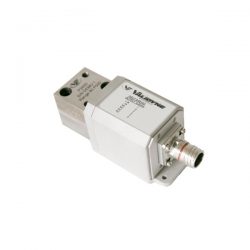
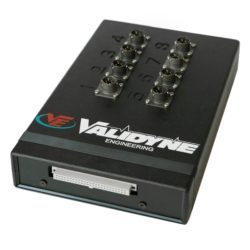
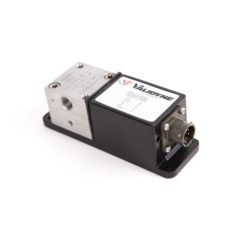
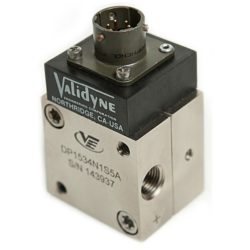
Leave a reply
You must be logged in to post a comment.